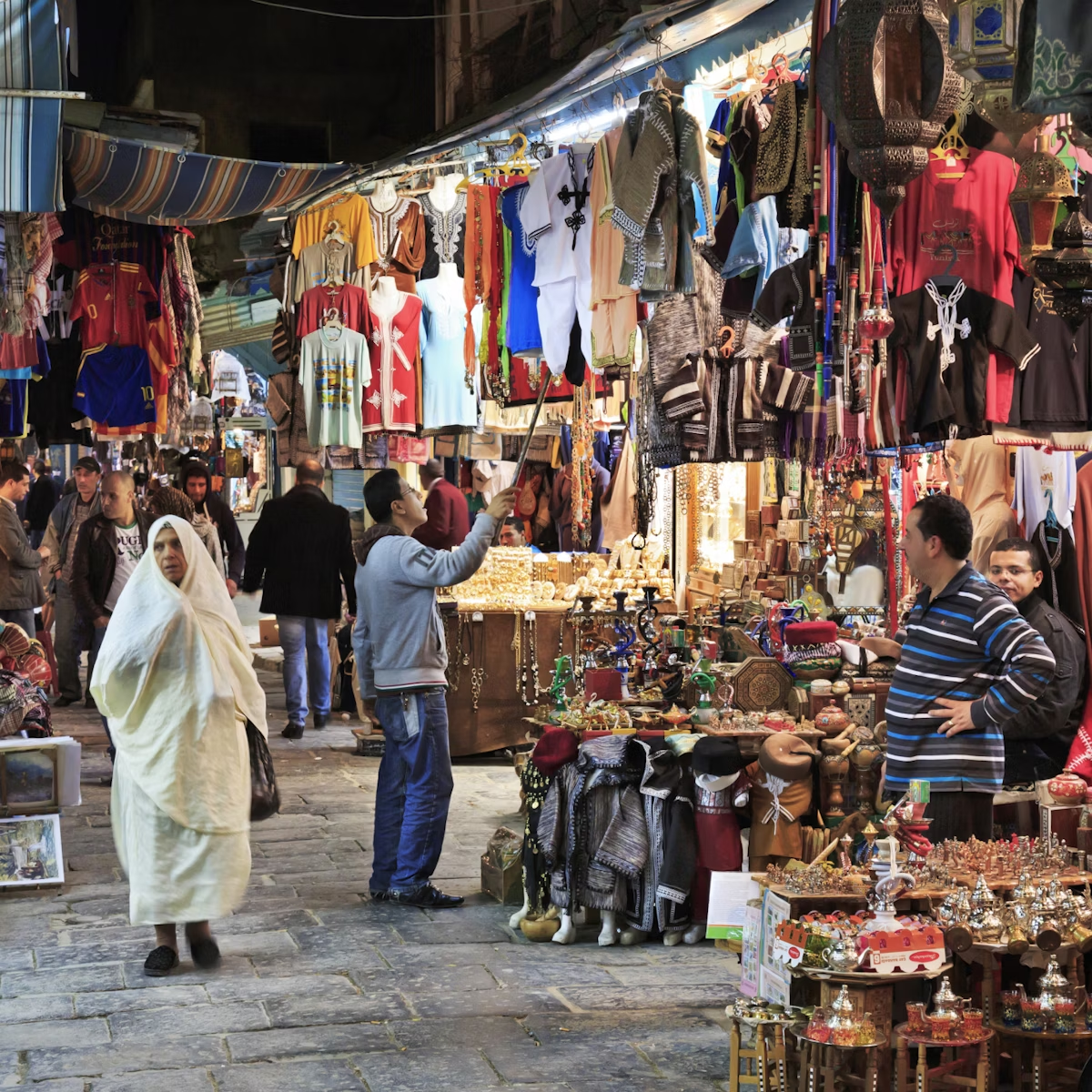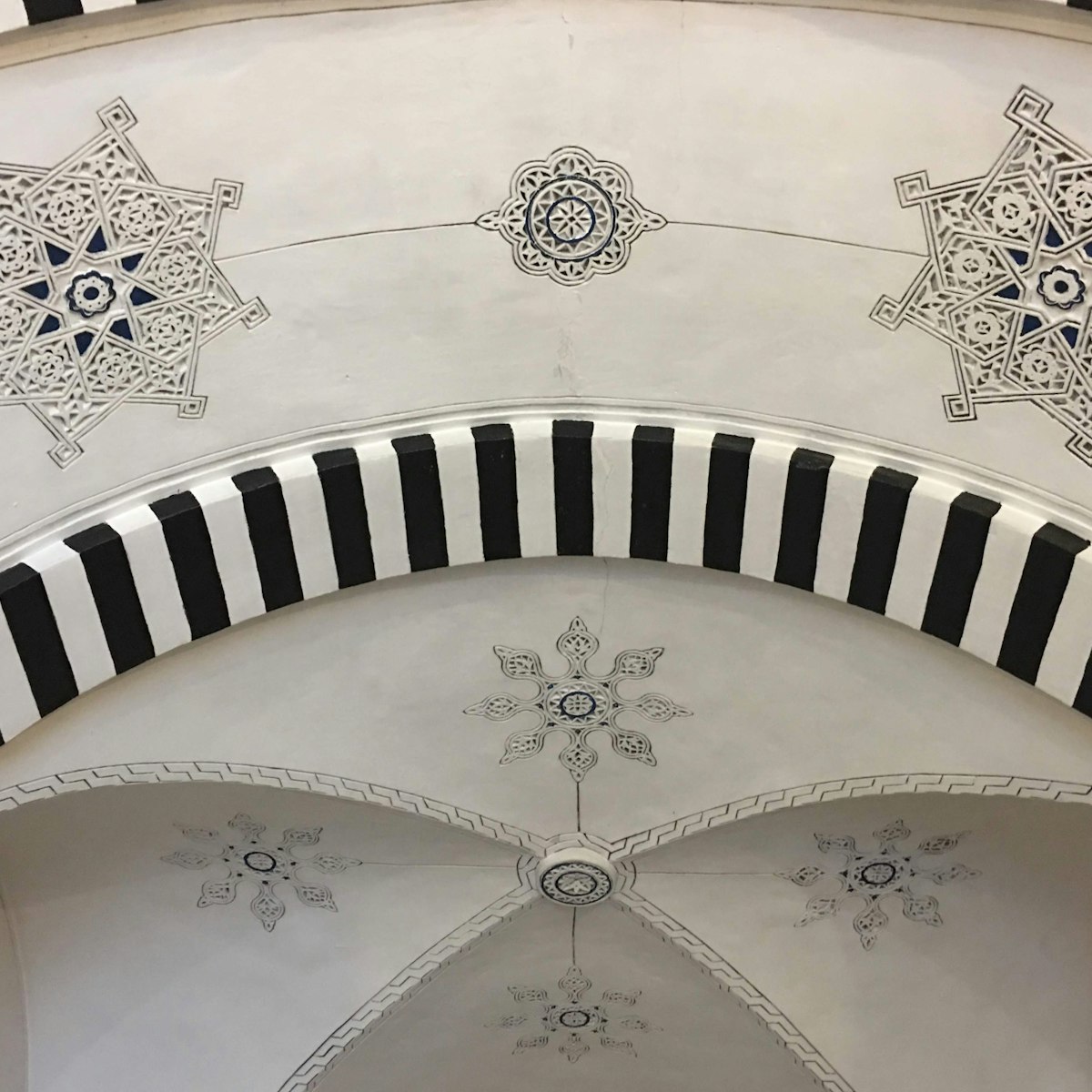Utica, the first Phoenician city in North Africa, was founded in about 1100 BC, 300 years before Carthage. Situated at the mouth of Oued (River) Medjerda, it soon became a thriving port and remained important – and a rival of Carthage – for more than a thousand years. These days, the site occupies a low hill overlooking rich farmland. The site is small compared to other Roman sites in Tunisia, but it’s very atmospheric, with cypress trees and flowered surroundings.
Having defected to the Roman camp before the Third Punic War, Utica became the capital of the Roman province of Africa after the destruction of Carthage in 146 BC. Caught up in the Roman civil war in the 1st century BC, Utica supported Pompey. When the local commander, the Roman statesman Cato the Younger (Cato of Utica), realised that all was lost, he committed suicide rather than be captured – becoming a symbol of probity in public life the hard way – and Julius Caesar entered the city.
Under Hadrian, Utica continued to flourish. A new aqueduct was built, along with a forum, baths and some elaborate residences. The city’s days were numbered, though, by the fickle waters of Oued Medjerda, which silted up because of the increase in wheat cultivation under the Romans. By the beginning of the 2nd century AD, the river was no longer navigable, and the port had been rendered useless.
The turn-off to the archaeological site, marked ‘Utique Ruines’, is just east of the small town of Utique, 33km north of Tunis on Rte Nationale 8, the old (nontoll) road to Bizerte. The best place to start a visit is the Musée d’Utique, found 2km off the road. The Punic room shows everyday objects found at the necropolis, including makeup utensils, razors and some beautiful jewellery. Imported Greek pottery indicates the sophistication of the Punic settlement, and you can admire the marble garden statuary that was all the rage 2000 years ago, including a lifesize statue of Hercules.
At ancient Utica itself, 800m down the road from the museum, three Roman villas are the main attraction. A number of glorious mosaics – protected from the elements by low wooden roofs – have been left in situ; if you take a tour, the guide will spray water on them to bring out the rich colours from under the dust. The House of the Cascade (Maison de la Cascade), with a central patio, is named after a fountain in a northern room decorated with a fishing-scene mosaic. One glorious basin mosaic shows a fishing cupid in a boat, while the triclinium (dining room) is floored in green Greek marble and golden marble from Chemtou in striking geometric patterns.
The only way to see the squat toilet, the glories of Roman water engineering (including the rainwater collection system) and the gruesome 7th- or 8th-century-BC in-situ skeleton of a teenage girl is to hire a guide at the site entrance, but you'll need to understand French.
Signs at the site are in Arabic, English, French and German. A book (in French) on Utique is on sale at the ticket counter.
Utica can easily be visited on a day trip from Bizerte or Tunis, perhaps in combination with one of the nearby beaches. By public transport, take a nonexpress Tunis–Bizerte bus and get off at the small village of Zhena; from there it’s a 2km walk to the museum.






